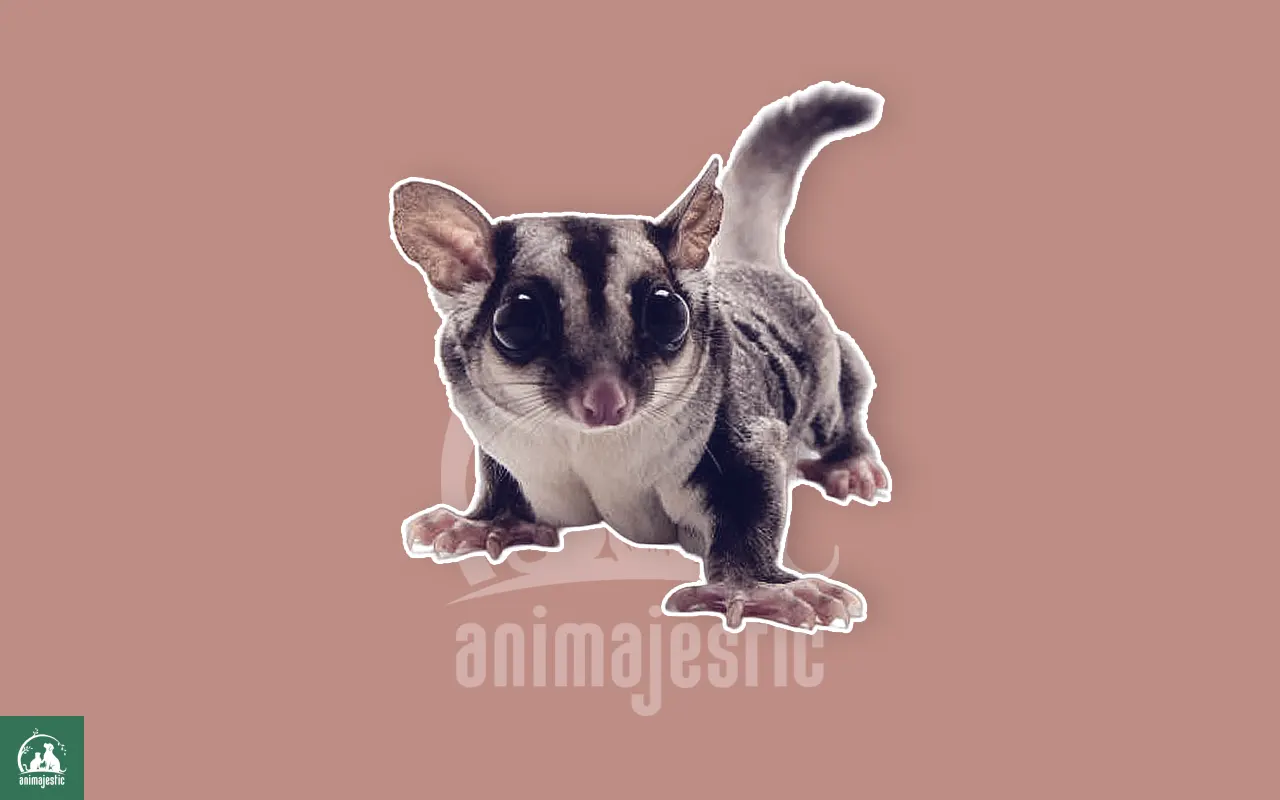Today’s focus is on the training guides for sugar gliders and if you’re considering getting a sugar glider as a pet, understanding their training requirements is crucial.
Sugar gliders are a popular choice for those looking for an exotic and interesting pet. These small and agile creatures are known for their playful and social nature, unique characteristics, and striking physical features.
Let us get into the training tips to help you make it up to your dear sugar pet.
Training Guides for Sugar Gliders
Training your sugar glider is a crucial aspect of their care and provides them with the necessary skills to interact well with humans and other pets. Here are some tips to help you train your sugar glider effectively.
Bonding and Trust Building
Bonding and trust-building are critical in any human-animal relationship, and sugar gliders are no exception.
One way of building a bond with your sugar glider is by spending quality time with them daily. Start by allowing them to explore their environment and get comfortable.
Gradually introduce your hand into their living space and offer them treats to establish positive associations. Move at their pace, and avoid forcing interaction.
Use a gentle voice to speak to them, and resist pulling them out of their pouch or hiding places.
Over time, your sugar glider will come to recognize you as their caregiver and develop trust, leading to a stronger bond between you both.
Positive Reinforcement
Positive reinforcement is an effective training method that rewards good behavior and keeps your sugar glider engaged and motivated.
Use treats and praise to reward your glider for good behavior, such as coming when called, using their potty pouch, or learning new tricks.
Avoid using punishment or negative reinforcement, as it can damage the bond and trust you’ve built with your glider.
Handling and Taming
Handling and taming are essential aspects of sugar glider training, and it’s an ongoing process that requires patience and consistency. Start by offering them treats or small pieces of their favorite fruits from the palm of your hand.
Sugar gliders are very curious and will often crawl onto your hand to retrieve the treat. Once they are comfortable interacting with your hand, try lifting them up gently to your arm or shoulder.
Make sure to support their entire body and move slowly to prevent any accidents or escape attempts.
Harness Training
Harness training is a great way to introduce your sugar glider to the outdoors and ensure their safety.
Start by introducing the harness to your glider in a non-threatening manner. Allow them to sniff and explore it before attempting to put it on.
Once they are comfortable with the harness, slowly and gently put it on, ensuring it’s not too tight. Always supervise your glider while they are wearing the harness to prevent entanglement or accidents.
Potty Training
Potty training a sugar glider can be a bit challenging, but it’s possible with consistency and patience. Sugar gliders have a unique behavior of using a specific area as a potty, commonly referred to as a “potty pouch.”
You can encourage this behavior by placing a small pouch lined with an absorbent material in their cage close to where they sleep. Once they get used to using the pouch consistently, slowly move it towards the door of the cage.
With time and consistency, you can eventually train your sugar glider to use a specific area outside of their cage, such as a litter box.
Socialization
Sugar gliders are social animals and require plenty of socialization to thrive. Providing them with toys, climbing structures, and play areas can keep them engaged and healthy.
Allowing them to interact with other gliders can also be beneficial, but it’s essential to introduce them slowly and monitor their behavior to ensure they get along well.
Conclusion
Training and caring for sugar gliders as pets requires patience, consistency, and a deep understanding of their unique needs.
Follow these tips and provide your sugar glider with a suitable living environment, a nutritious diet, daily exercise and socialization, regular veterinary care, and positive reinforcement.
With time and effort, you can create a rewarding and enjoyable experience for both you and your furry friend.
